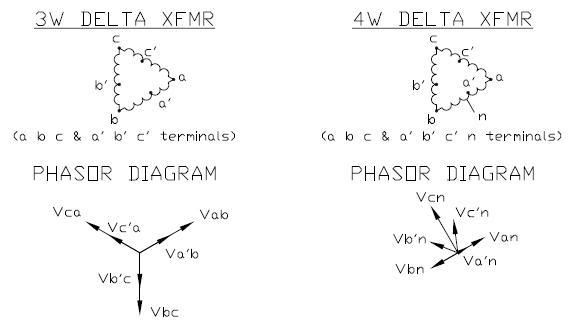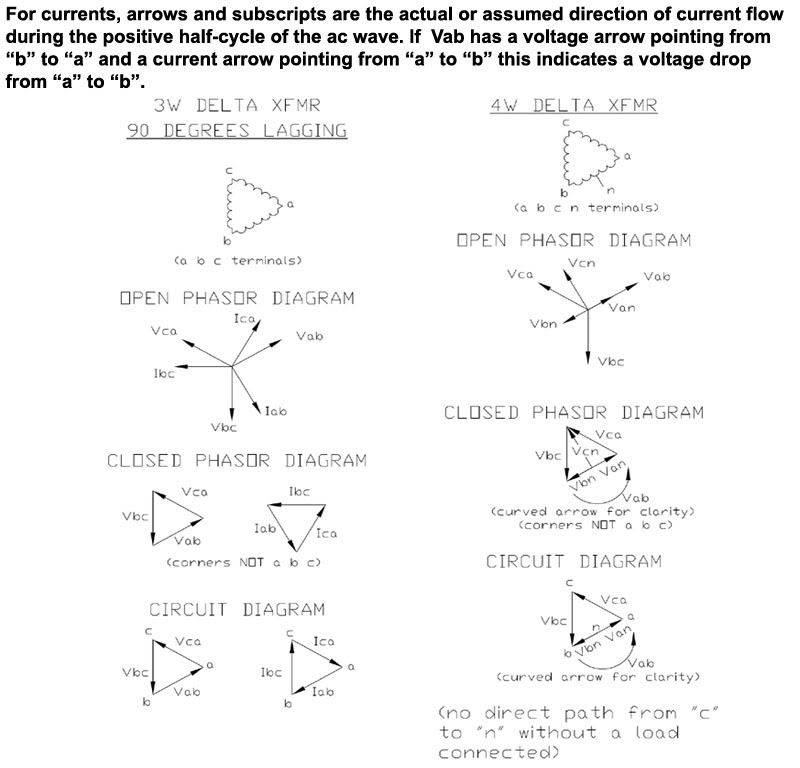Maybe series windings is even harder to wrap one's head around.

The zero power factor is across some series voltages.
Have you plotted the voltage and currents for the 1+1/2 coils?
No current is flowing on the other phases so it all flows through the neutral and high-leg and splits between the two 1+1/2 windings. These two 1+1/2 windings are connected in parallel across the load.
If you follow a complete path around the delta, your voltages must sum to zero. That means the voltage rise across the first 1+1/2 winding must be dropped across the second 1+1/2 winding.
A diagram would be much clearer than all this wording so if you feel froggy, post one.
Can you guess what that means?



